 I’ve had the catalogue for Andy Warhol: The Last Decade, which went on view on Sept. 26 at the Milwaukee Art Museum, for a couple of weeks now, but something has kept me from writing about it. Now, I’ve figured it out.
I’ve had the catalogue for Andy Warhol: The Last Decade, which went on view on Sept. 26 at the Milwaukee Art Museum, for a couple of weeks now, but something has kept me from writing about it. Now, I’ve figured it out.
First a description: Warhol made the 50 works in the show between 1978 and 1986, and the museum attempts to prove that this period was “arguably the most productive period of his life” as he mixed “forms and media with audacious fluency.” Warhol “created more new series of paintings in the last decade of his life — in larger numbers and on a vastly larger scale — than during any other phase of his 40-year career.” Among them are his shadow and “oxidation” paintings, self-portraits, yarn paintings, camouflage works, The Last Supper series, “black and white” ads, on and on. Hearing the list, you maybe buy the thesis. Paging through the catalogue, though, gave pause.
It’s always hard to judge a show from afar, so today I looked up the review of Mary Louise Schumacher at the Milwaukee Journal Sentinel. After praising the opportunity to see the works on display, she hit the nail on the head:
But the show, organized by MAM’s former chief curator Joseph D. Ketner II, reconsiders the artist in a way that lacks the ring of truth. It seems to overstate the importance of what may have been worthy but somewhat unsuccessful artistic experiments. It emphasizes the visual and painterly over Warhol’s conceptual edge, which is what was always so interesting about him – particularly at the end. (More on that, shortly).
Ketner goes so far as to position the late paintings as expressive, personally revealing and, in the case of the Last Suppers, religiously fervent. This seems, at best, sentimental, the stuff better left to the pages of biographies and, at worst, a blasphemy against an artist who went to extremes to keep his art and persona impersonal.
Read the rest here. For a less judgmental account of the exhibit, by the Associated Press, go here.
MAM’s thesis seems to be like a headline that overstates the facts in an article — but that rarely stops news junkies from reading and it shouldn’t stop art-lovers from going to this exhibit (which, btw, will travel to the Museum of Modern Art, Fort Worth, the Brooklyn Museum and the Baltimore Museum of Art).
One of the catalogue’s joys, meanwhile, is reading Andy’s quotes.
[Read more…] about On View In Milwaukee: What’s The Matter With Andy?

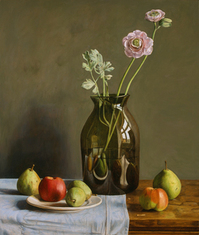
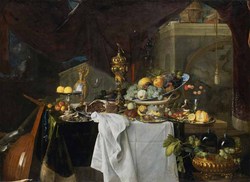
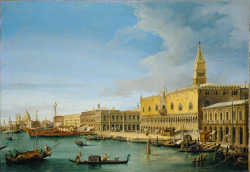 The concept is neat, and so is the fact that the gallery commissioned the works in the show, inviting British artists into its gallery to choose an inspiration and “investigate and expose the strong dialogue between the past and the present.”
The concept is neat, and so is the fact that the gallery commissioned the works in the show, inviting British artists into its gallery to choose an inspiration and “investigate and expose the strong dialogue between the past and the present.”
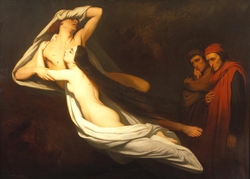
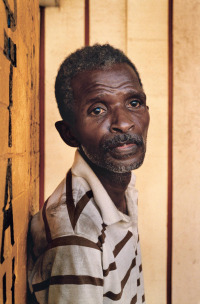 Suspend your skepticism for a few minutes, while I relate an art-world story I found both hard-to-believe and irresistible. It’s about a photographer named Robert Bergman, who — at age 65, never having sold a work until two ago, never even having found a gallery — is about to have two museum shows.
Suspend your skepticism for a few minutes, while I relate an art-world story I found both hard-to-believe and irresistible. It’s about a photographer named Robert Bergman, who — at age 65, never having sold a work until two ago, never even having found a gallery — is about to have two museum shows.  Bergman ultimately broke into the art world by appealing to critics, like
Bergman ultimately broke into the art world by appealing to critics, like 
